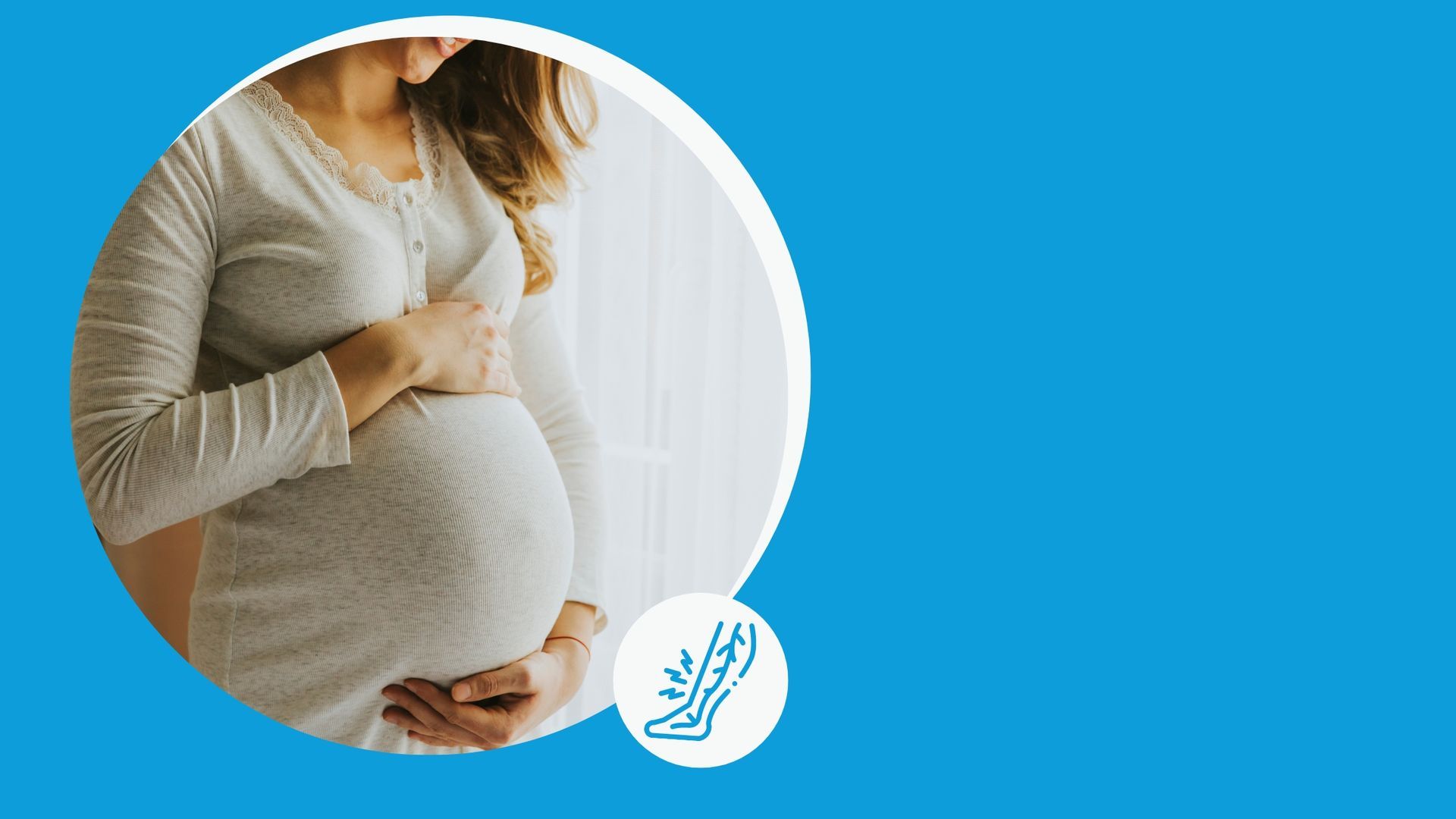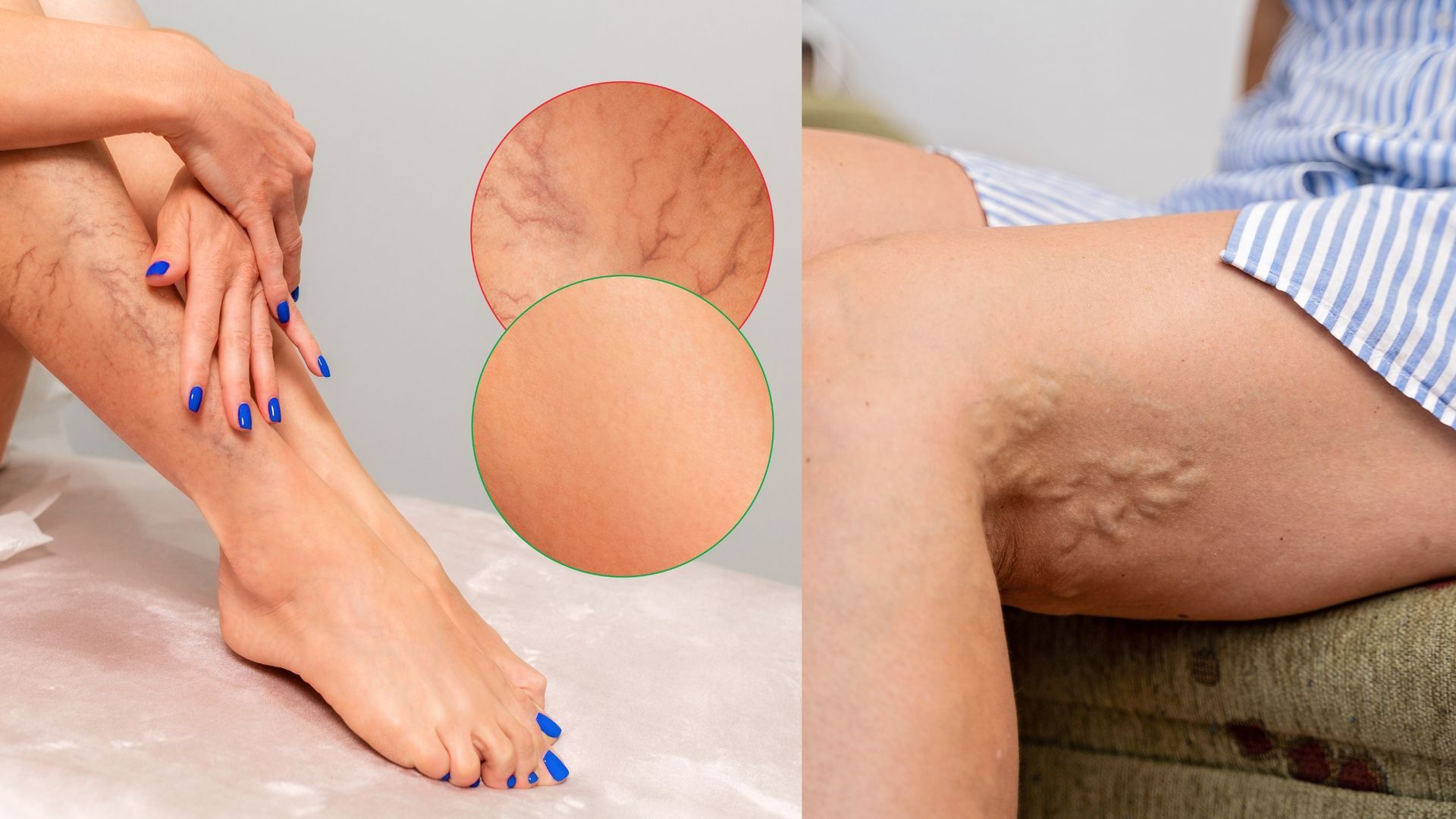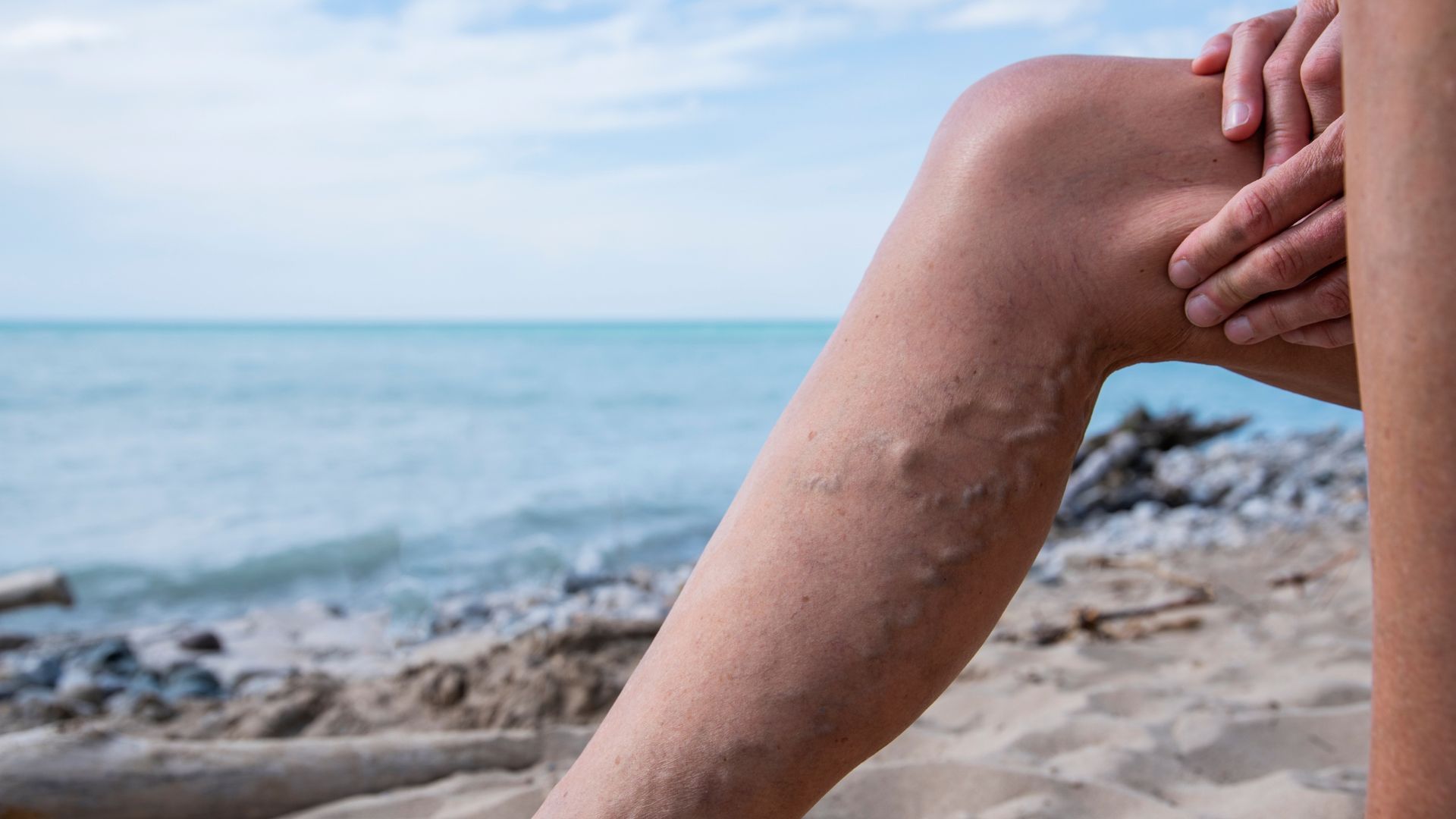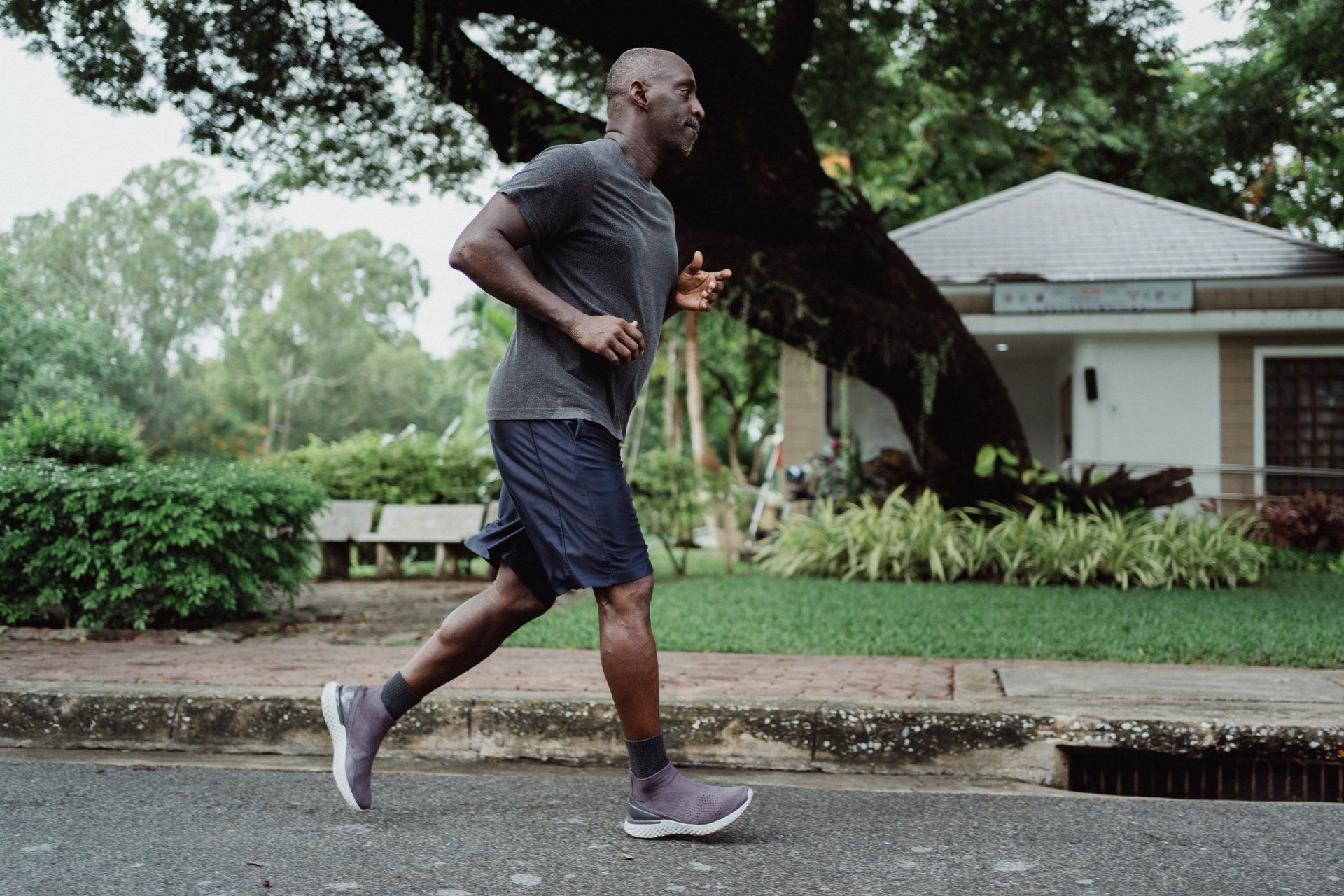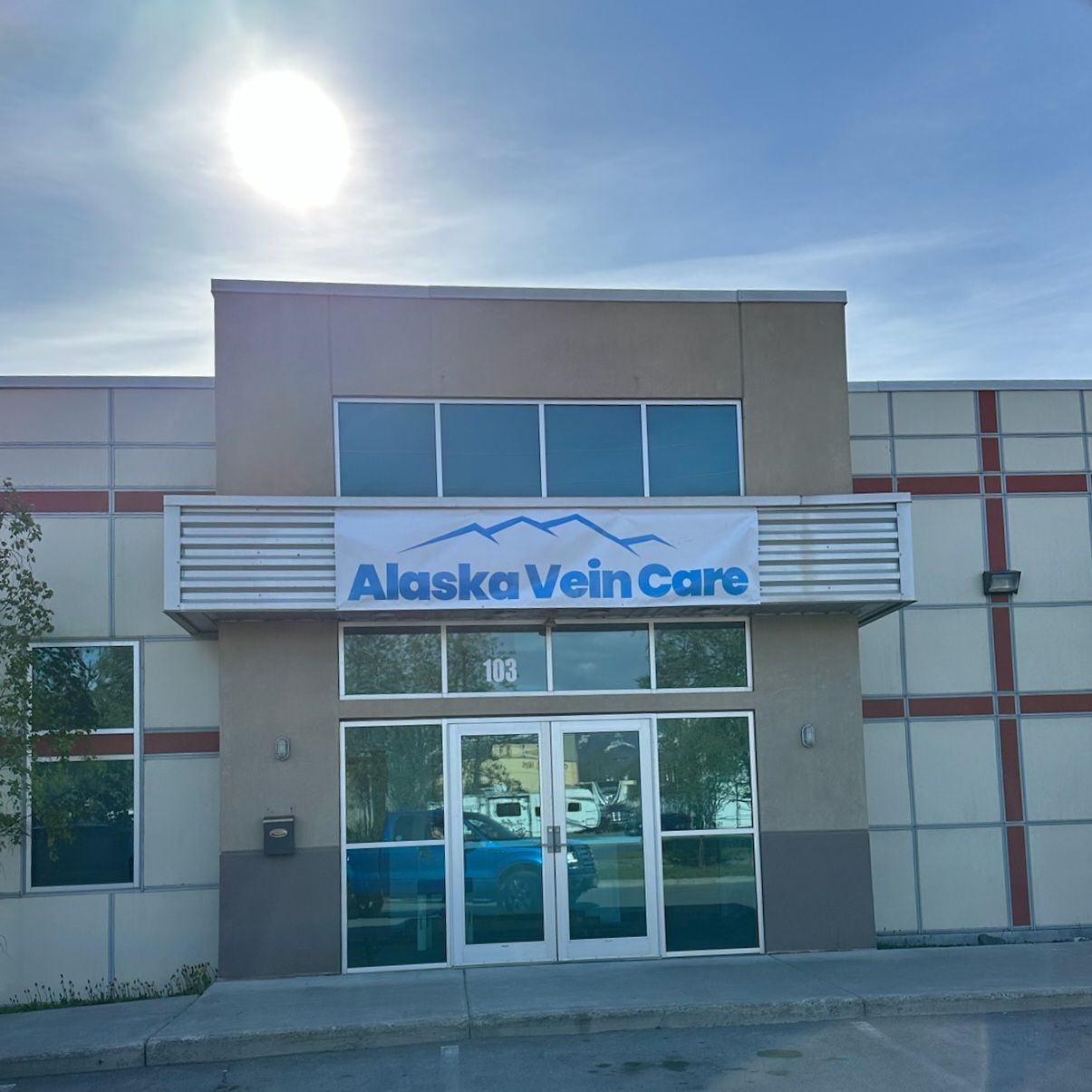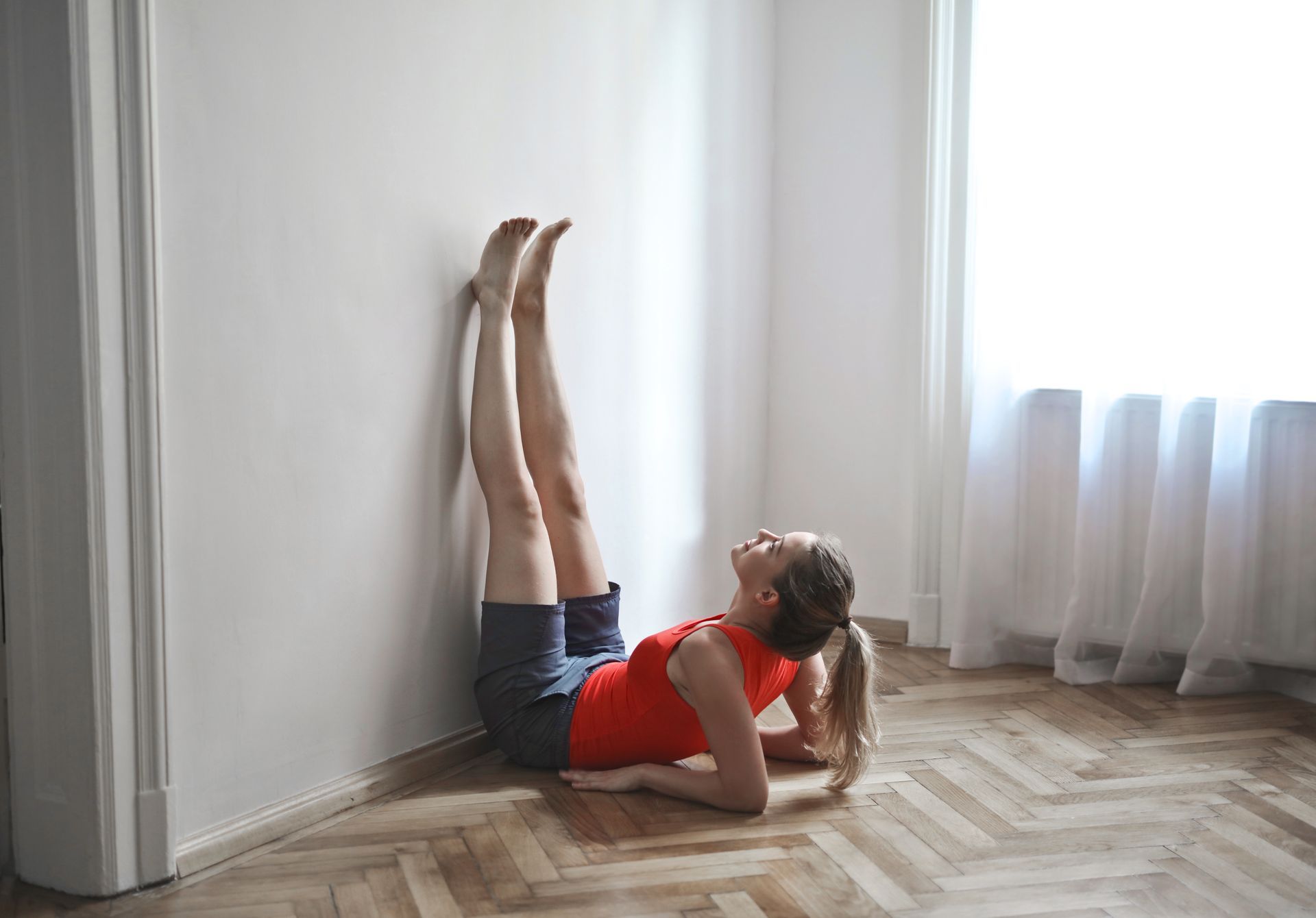5 Misconceptions About Varicose Veins That Most People Still Believe
Varicose veins are a common condition that affects many individuals, causing twisted and enlarged veins, often appearing in the legs. While they are relatively common, varicose veins are surrounded by several myths and misconceptions. In this article, we will debunk some of the most prevalent myths and provide evidence-based information to help separate fact from fiction.
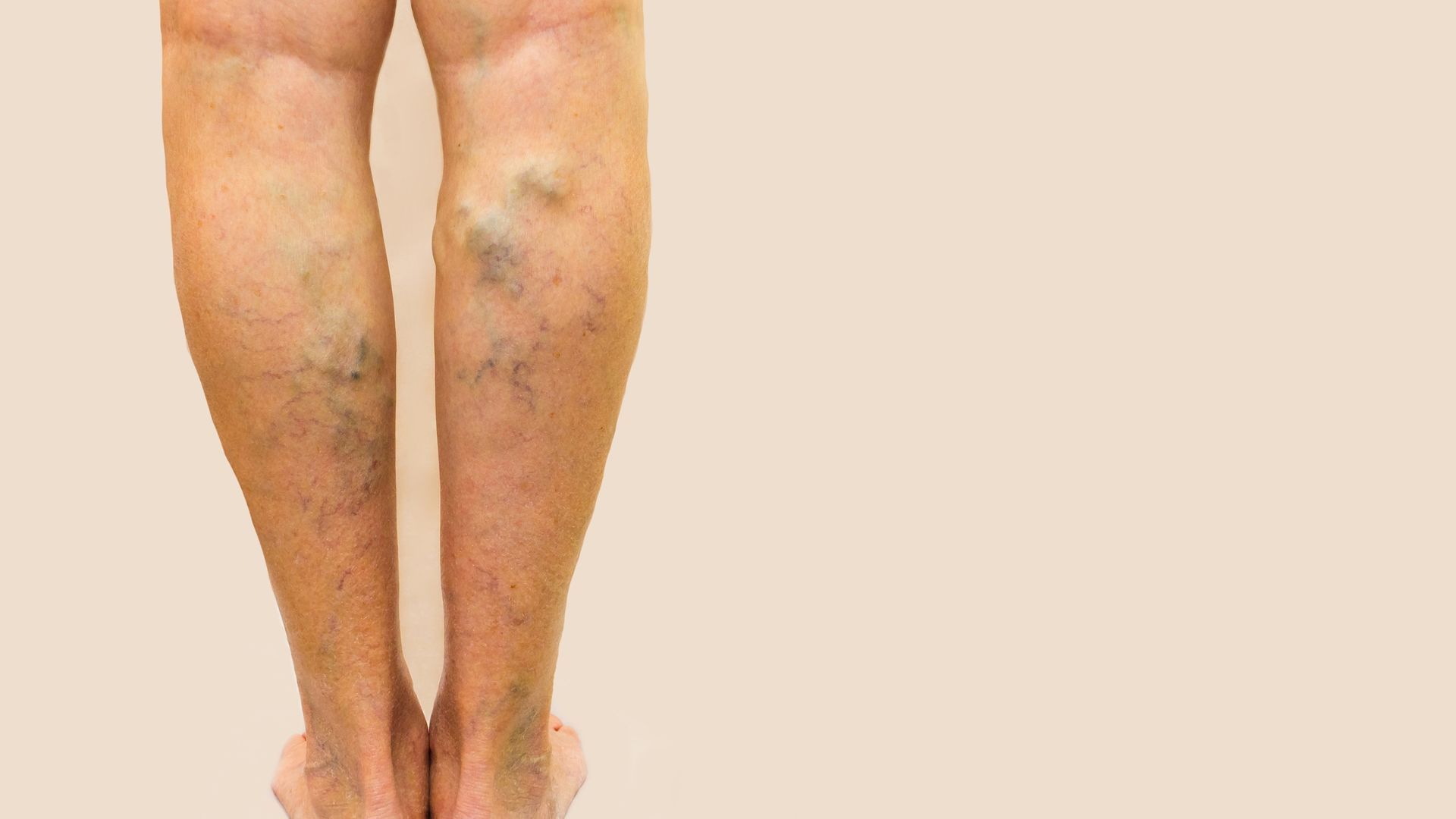
Myth #1: Younger People Don't Get Varicose Veins
Fact: Varicose veins can occur at any age. While the risk does increase with age, younger individuals, especially women, can also develop varicose veins due to factors such as pregnancy, hormonal changes, and genetic predisposition. Maintaining a healthy lifestyle, including regular exercise and avoiding prolonged sitting or standing, can help reduce the risk of developing varicose veins at any age.
Myth #2: Crossing Your Legs Will Cause Varicose Veins
Fact: There is no scientific evidence that shows crossing your legs can directly cause varicose veins. However, it can aggravate existing vein issues by restricting blood flow. Prolonged sitting or standing in the same position can contribute to the development or worsening of varicose veins. To alleviate symptoms and improve blood circulation, it's recommended that people take breaks to stretch their legs, and it's advisable to elevate their feet when sitting. Incorporating regular movement into daily routines is also beneficial.
Myth #3: Varicose Veins Are Strictly a Cosmetic Issue With No Serious Symptoms
Fact: Varicose veins are not just a cosmetic or visual concern. They can cause symptoms like pain, swelling, and aching. In some cases, complications such as blood clots and leg ulcers may arise. We also regularly hear from patients that they suffered from restless legs syndrome until they had their varicose veins treated. Seeking proper medical evaluation and treatment is essential for symptom relief and preventing complications. In addition to medical interventions, managing symptoms can be done by wearing compression stockings, practicing leg exercises to promote blood circulation, and avoiding prolonged periods of standing or sitting.
Myth #4: Painful Surgery Is The Only Treatment Option For Varicose Veins
Fact: Surgical procedures, such as vein stripping, used to be the primary treatment option and were terribly painful. However, modern advancements have introduced minimally invasive procedures like radiofrequency ablation and sclerotherapy. These procedures are effective, and offer quicker recovery times. In fact, many of our patients find themselves moving around with very minimal pain the same day. Consulting with a varicose vein specialist can help determine the most suitable treatment approach based on specific conditions and preferences as it will vary with each patient.
Myth #5: It's Only a Matter Of Time Before Varicose Veins Return After Treatment
Fact: With proper treatment, varicose veins can be effectively treated, and the chances of recurrence can be significantly reduced. However, new varicose veins can develop over time due to various factors, including genetics, lifestyle choices, and hormonal changes. After treatment, it's important to follow the physician's recommendations, including wearing compression stockings, maintaining a healthy weight, exercising regularly, avoiding clothing that restricts the mid section, and practicing good leg hygiene, to minimize the risk of recurrence. It's also important to note that physical injury can contribute to varicose vein development. Many patients report being involved in car accidents or other physically traumatic situations prior to developing varicose veins.
Dispelling the misconceptions surrounding varicose veins is crucial for understanding the condition and seeking appropriate treatment. Varicose veins are not merely a cosmetic concern and can cause discomfort and potential complications. Thankfully, modern treatment options are available, offering minimally invasive alternatives to traditional surgery. The sooner a person seeks treatment, the less chance the disease will have of progressing to a point of lowering their standard of living. By adopting a healthy lifestyle and following the advice of medical professionals, symptoms can be managed, and the likelihood of varicose veins recurring can be reduced.
If you are in Alaska and have specific questions regarding venous disease, please give us a call at (907) 334-3347 and we will help you set up an appointment at one of our five locations.
If there is a desire to explore this topic further or learn more about the details surrounding varicose veins, please refer to the following sources used for this article:
- Mayo Clinic. (2021). Varicose veins. Retrieved from https://www.mayoclinic.org/diseases-conditions/varicose-veins/symptoms-causes/syc-20350643
- American Society of Hematology. (2021). Varicose veins. Retrieved from https://www.hematology.org/education/patients/blood-clots/varicose-veins
- National Heart, Lung, and Blood Institute. (2021). What are varicose veins? Retrieved from https://www.nhlbi.nih.gov/health-topics/varicose-veins
- Society for Vascular Surgery. (2021). Varicose veins and spider veins. Retrieved from https://vascular.org/patient-resources/vascular-conditions/varicose-veins-and-spider-veins
Please Note: The information contained within this article is intended for educational purposes only. All health concerns should be discussed with your primary care provider or a specialist.
Articles
